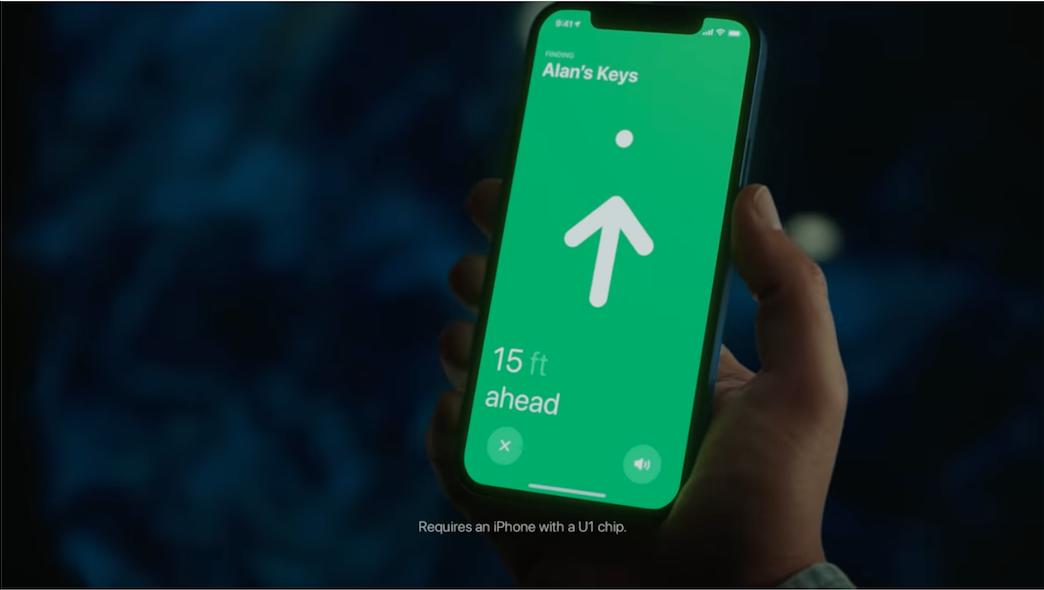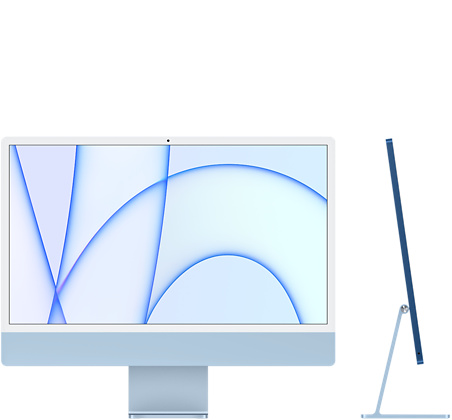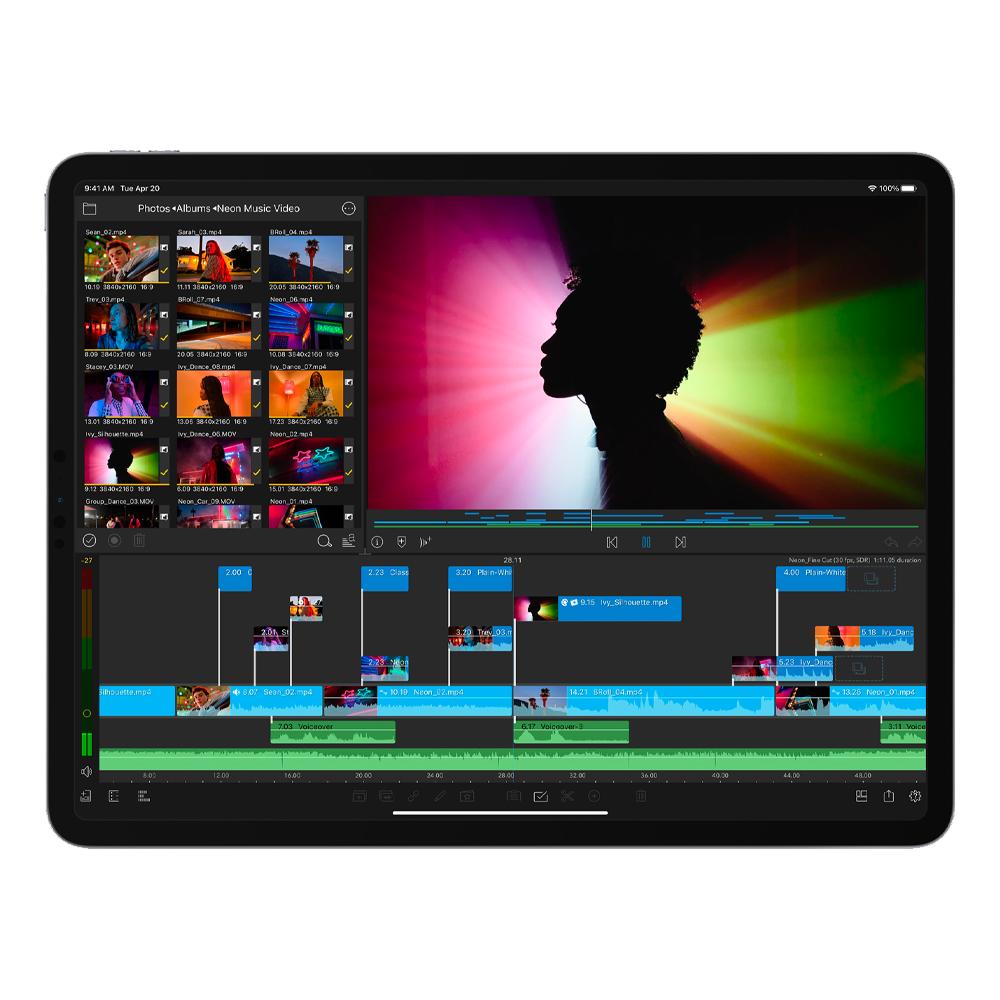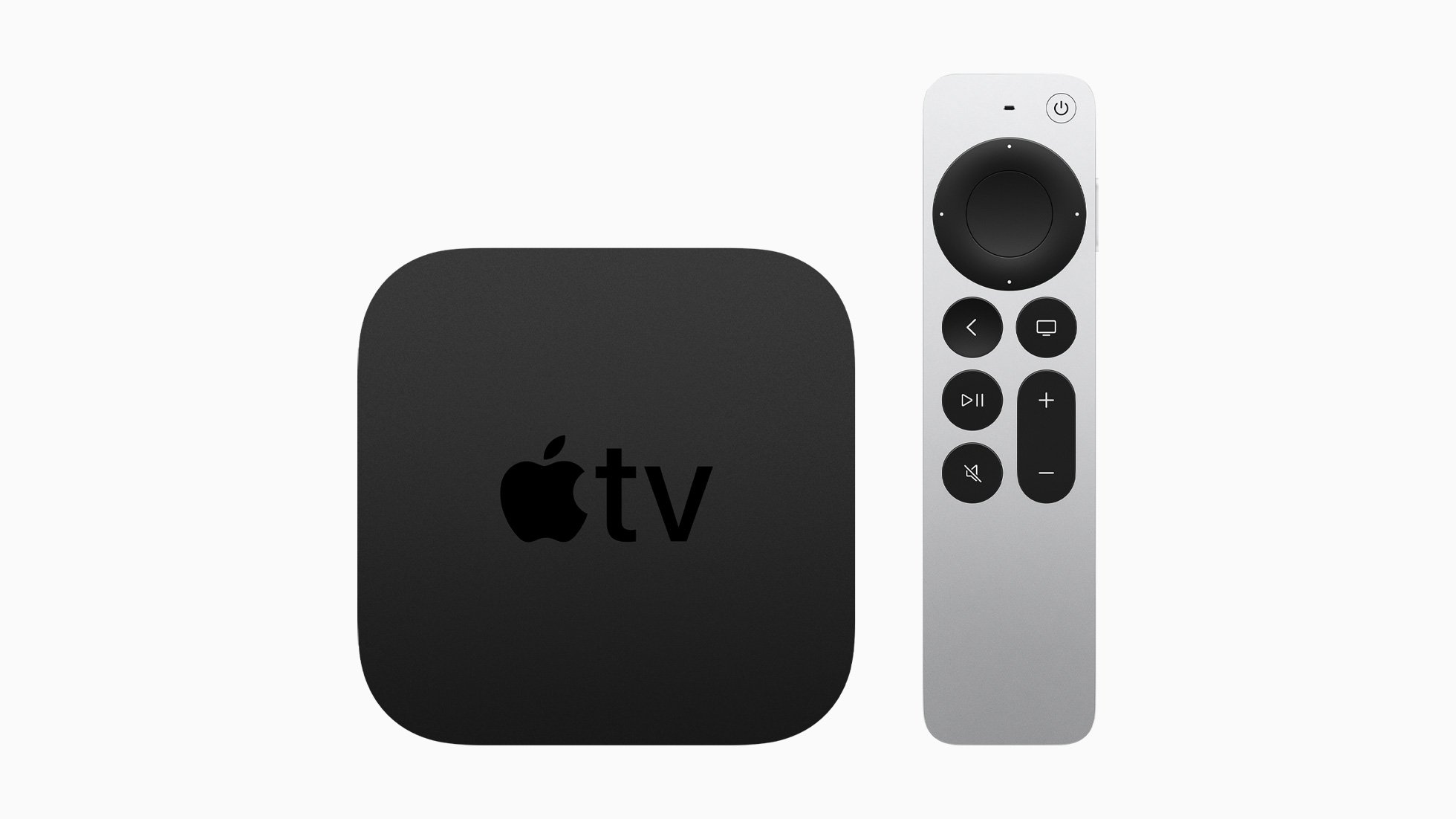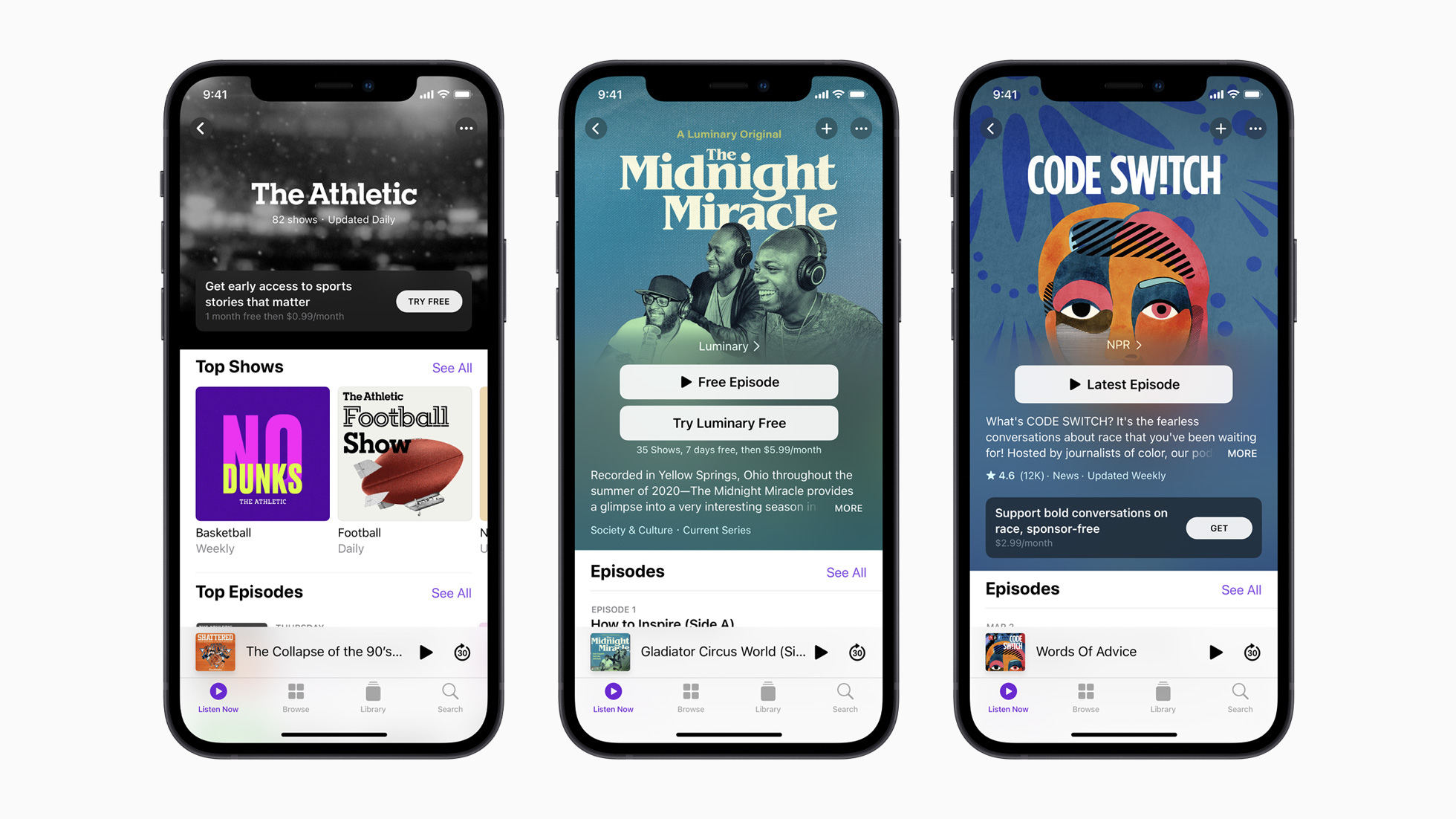A loaded 'Spring Loaded' event had a little something for everyone
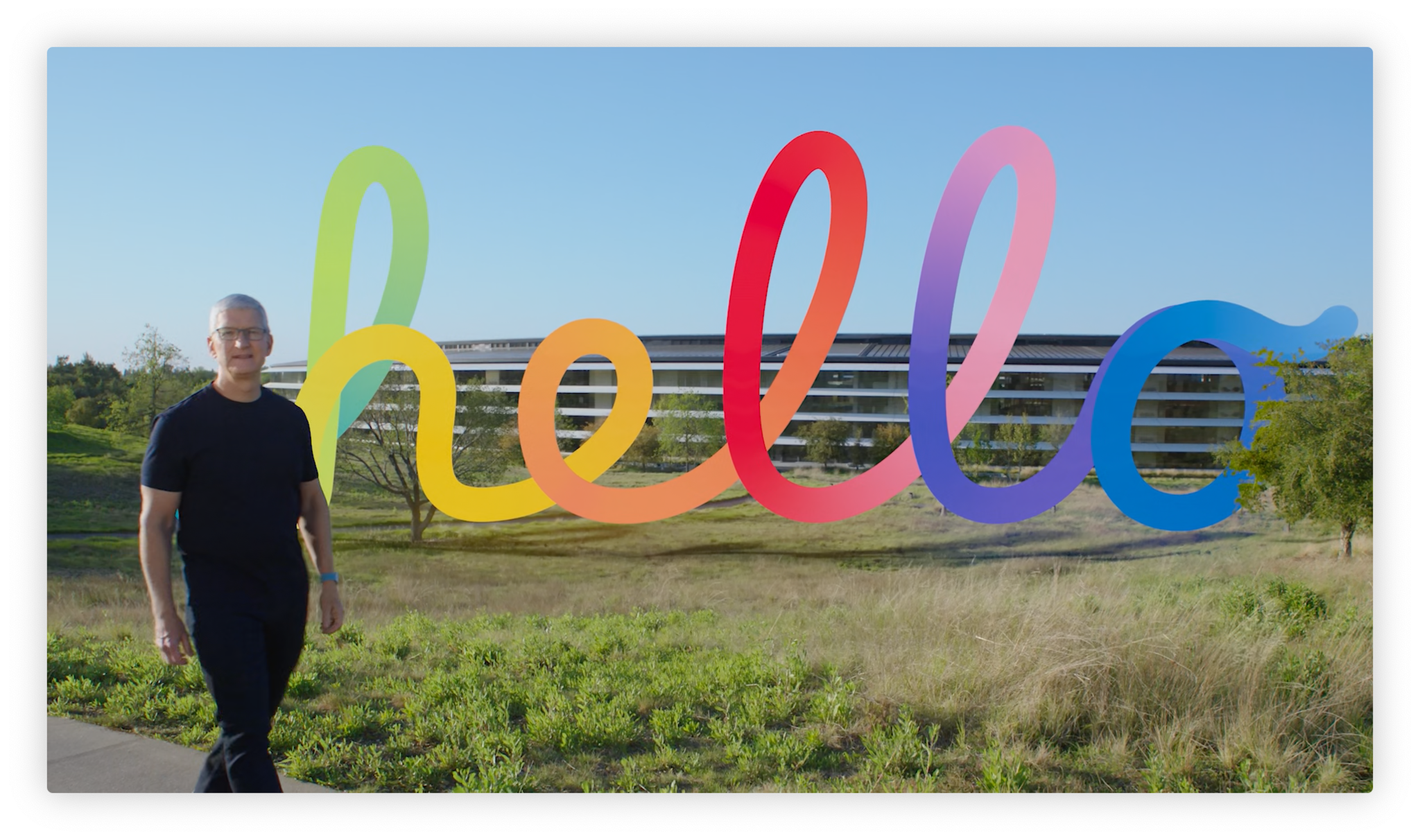
Apple has been making these pre-recorded events for about a year now, and they have got darn good and making them. They don't drag on too long, get to the point, and usually show off the new products it launches clearly and concisely. The Spring Loaded event was truly loaded with some new goodies we've been waiting for and was one of the best events we've had in recent history. With three new major products, a notable refresh to the Apple TV 4K, and a few announcements about its service, Tim Cook and company weren't messing around.
I love watching these events and seeing new products as much as the next person, but sometimes your initial reaction can be slightly skewed due to the hype of event day. Now that I've had some time to come down from the Spring Loaded high (heck, they even put the event on 4/20), it's time to give an honest reaction to all the news we got yesterday.
AirTags: Finally!
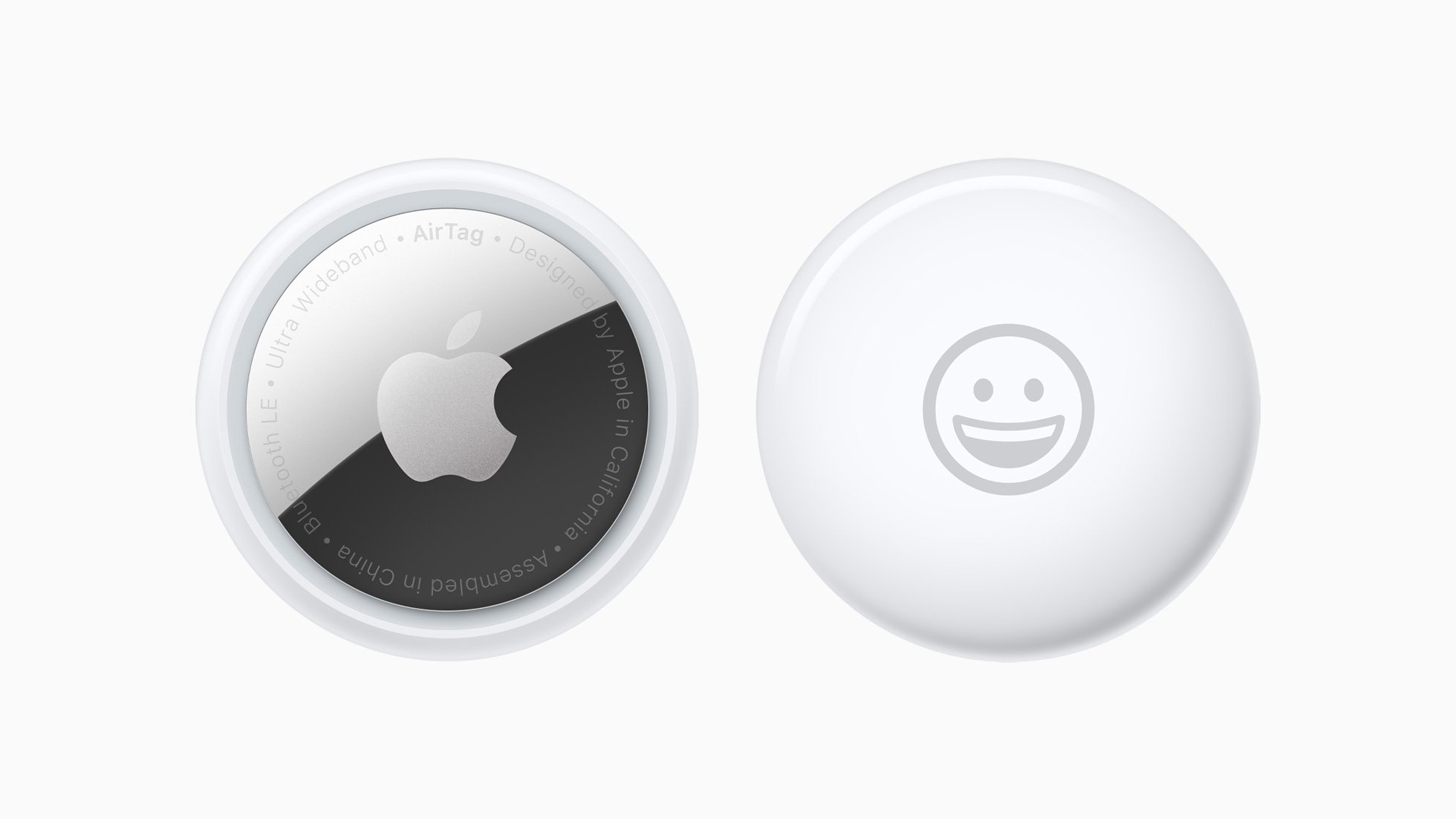
After two freaking years of rumors and speculation, Apple finally announced the AirTag. Apple's own Bluetooth tracker works with the Find My app, so you can attach them to your keys, purse, backpack and be able to find the items right on your iPhone.
A really neat feature is that the Find My app will guide you to your device and even tell you exactly how many feet you are away from your AirTag as you are trying to find it. Of course, you can ping your AirTags, so they make noise from the Find My app. Also, the amount of privacy features that Apple has put into the devices is pretty impressive. This will help avoid people using the trackers in nefarious ways and ensure that your data and location data stays secure from outside influences.
I think what surprised me the most was the price. Each AirTag is only $29, which is way more reasonable than I was expecting. I'm used to Apple products with the infamous "Apple Tax," and although I never expected a single AirTag to break the bank, I originally thought it would be around the $45 mark. I'm pleasantly surprised at the affordability of AirTags, and you can even save $17 if you bundle up and get four AirTags at the same time.
There is a small catch to the price, though. AirTags don't have a keychain hole or any other means to attach themselves to the items you want to track — you'll need an accessory for that. Of course, Apple is already making its own accessories; however, the cheapest Apple AirTag accessory is $29. The good news is there are already some great third-party options that make up the best accessories for AirTags, including one from Belkin that's only $13. I expect that as more accessory makers start pumping out their product, you'll be able to find options for even less.
iMac (2021): Colorful family fun
This was the product I was personally the most excited about going into the Spring Loaded event, and after it was announced, I had mixed feelings. The leaks and rumors that we had leading up to the event showed us a design of colorful iMacs that looked a lot like a Pro Display XDR. Minimal bezes with a nice big screen, but Apple announced this iMac with a two-toned color and white bezels around the screen. I'm not the biggest fan of the look, but not everything about the design is bad. It's incredibly thin for an all-in-one design, and it's so damn thin that the headphone jack had to be moved from the back of the machine to the side of the computer so that it could fit!
iMore offers spot-on advice and guidance from our team of experts, with decades of Apple device experience to lean on. Learn more with iMore!
Even though the design choices Apple made were "interesting" ones, I'm still really tempted to get the iMac (2021) because of all the other upgrades.
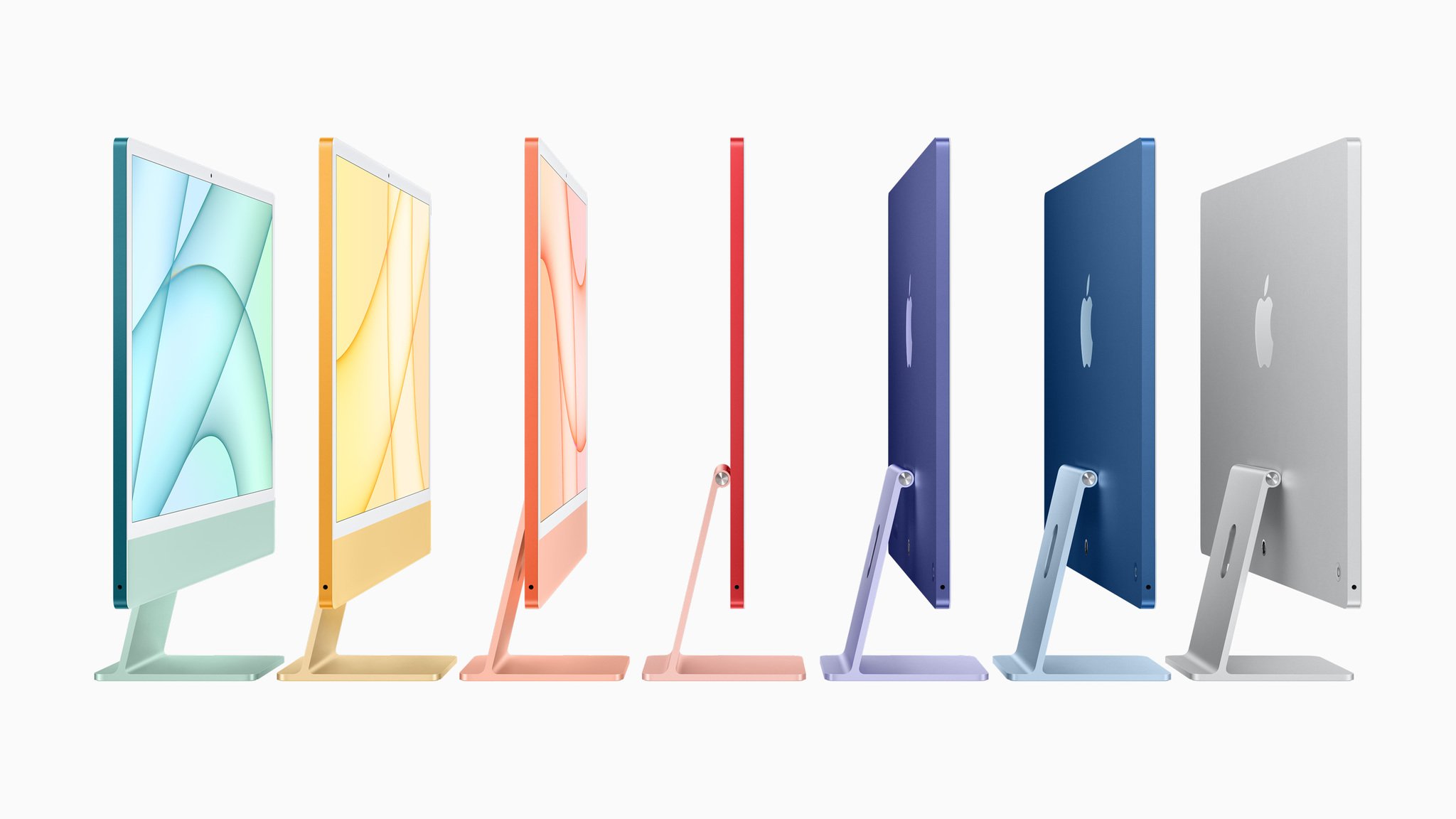
The M1 chip now powers this sleek new machine, which means even though its specs may seem low (more on that in a second), it should still outclass its predecessor (the 21-inch intel iMac) in performance by a lot. You add in the fact that you now have at least two Thunderbolt 3 / USB 4 ports on each model, an upgraded camera for all your video call needs, speakers that support Dolby Atmos, and you've got a pretty impressive computer.
Looking at the starting specs for the base model of the new iMac (2021) did shock me a little bit at first. The base model has only 8GB of RAM and only 256GB of storage, and it costs $1,299. It wasn't until I realized that this computer isn't the new ultimate iMac (I think that will come later this year), but rather this is a family computer. It's the iMac your kids do homework on, the iMac you use to surf the net, the iMac you watch your favorite YouTube videos on, and the iMac you do most of your basic office tasks with. If you look at this iMac in that context, it actually starts to make a lot of sense. Even the design to be light, warm, and easy-to-approach was calculated to convey that this is your standard family all-in-one computer. I think the iMac (2021) has a lot of potential to be the best Mac for many people.
iPad Pro (2021): More power, but is it needed?
The iPad Pro (2021) is probably the most confusing product that Apple announced at its Spring Loaded event. While putting the M1 chip in the iPad Pro will ensure that this tablet is supercharged with power, I'm not aware of many iPad Pro users who complained that the iPad Pro (2020) wasn't powerful enough. And it doesn't end with the M1 chip, all models of the iPad Pro 2021 have at least 8GB of RAM (up from 6GB on the 2020 models), and if you opt for 1TB or 2TB of storage, you'll get 16 GB of RAM.
On top of power, the Liquid Retina XDR display included with only the 12.9-inch models of the iPad Pro (2021) will look amazing. The mini-LED display can achieve up to 1600 nits of peak brightness for HDR content and has a ton of localized dimming zones. There's no doubt in my mind that people who edit video, photos, and work with a lot of HDR content, that the 12.9-inch iPad Pro will finally add the ability to do some of that work while staying mobile.
Lastly, the other inclusion that makes the iPad Pro (2021) more "pro" is Thunderbolt. That's right, the USB-C port is now a Thunderbolt 3/ USB4 port, which opens up the connectivity with the iPad Pro to a whole new level. Thunderbolt displays, hard drives, docks, and other peripherals can now plug right into your iPad Pro. That's a huge win for people looking to make the iPad Pro a more permanent fixture in their workflow.
I mentioned that iPad Pro (2021) confused me, and here's why. It's clear the iPad Pro (2021) is the biggest and most significant update to the device in years. It has so much power and performance on the inside that the power is almost wasted in some ways. There's nothing about the iPad Pro (2021) that makes it more than what it is — a superpowered tablet. It will have all the advantages and all the same disadvantages that tablets bring along with them.
My theory is there is more to the iPad Pro (2021) story than Apple is letting on right now. I think the part we are missing is what Apple has in store for iPadOS at WWDC 2021 and beyond. There's so much potential in the iPad Pro (2021) that it opens up so many possibilities for new software upgrades.
Apple TV 4K (2021): The new remote is the best part
Going into the Spring Loaded event, I was hoping that Apple would do something different with the Apple TV — maybe offer an Apple TV stick — but instead, we got a new Apple TV 4K (2021) with a spec bump.
Look, I shouldn't be so negative; the spec bump is appreciated. As someone who has been holding on to his Apple TV HD, waiting for a spec bump to the 4K model, I'm likely going to upgrade. The A12 Bionic should be more than powerful enough to make the Apple Arcade games I like to play on the big screen run much more smoothly, and now my 4K TV will finally have an Apple TV that can advantage of it.
What was cool and exciting was the new Siri Remote. The Siri Remote is now also a one-piece aluminum design with high contrast buttons, so it's easy to tell what you're pressing or swiping on. A new feature is the power button that can be used to fully control your television set and the mute for the TV. It's basically everything I have been asking for Apple to make, so I'm excited to throw away my old Siri Remote. I hope it rots in the hell from whence it came. Also, fun fact, you can buy the new Siri Remote separately, and it will work with the Apple TV HD and the old Apple TV 4K.
Apple Podcasts Subscriptions: Another subscription, but I'm not mad about it
Remember about a month or so ago when Apple stopped using the term "subscribe" in the Podcasts app? Well, now we know why. Apple Podcasts Subscriptions was unveiled and the Spring Loaded event and blew through the announcement rather quickly right at the beginning of the event.
Basically, Apple offers creators the ability to offer a paid subscription in the Podcasts app for exclusive benefits. What those benefits are will be up to the creators, and how much those subscriptions cost will also be up to the content creators. It could be exclusive episodes, early access to new content, sponsor-free episodes, or other benefits.
This makes sense for Apple to do. Spotify, Amazon, and other podcatchers already do something similar to this. IF you're a content creator and have been looking to add another potential revenue stream, you can now do that, which is nice. As consumers, we don't really know how this will shake out, what creators will use this new system and what content will be behind a new paywall. I understand if you're a heavy podcast listener that perhaps this change is making you a bit nervous.
What did you think?
What did you think of Apple's Spring Loaded event? Let us know in the comment down below!

Luke Filipowicz has been a writer at iMore, covering Apple for nearly a decade now. He writes a lot about Apple Watch and iPad but covers the iPhone and Mac as well. He often describes himself as an "Apple user on a budget" and firmly believes that great technology can be affordable if you know where to look. Luke also heads up the iMore Show — a weekly podcast focusing on Apple news, rumors, and products but likes to have some fun along the way.
Luke knows he spends more time on Twitter than he probably should, so feel free to follow him or give him a shout on social media @LukeFilipowicz.
